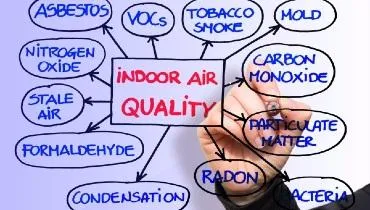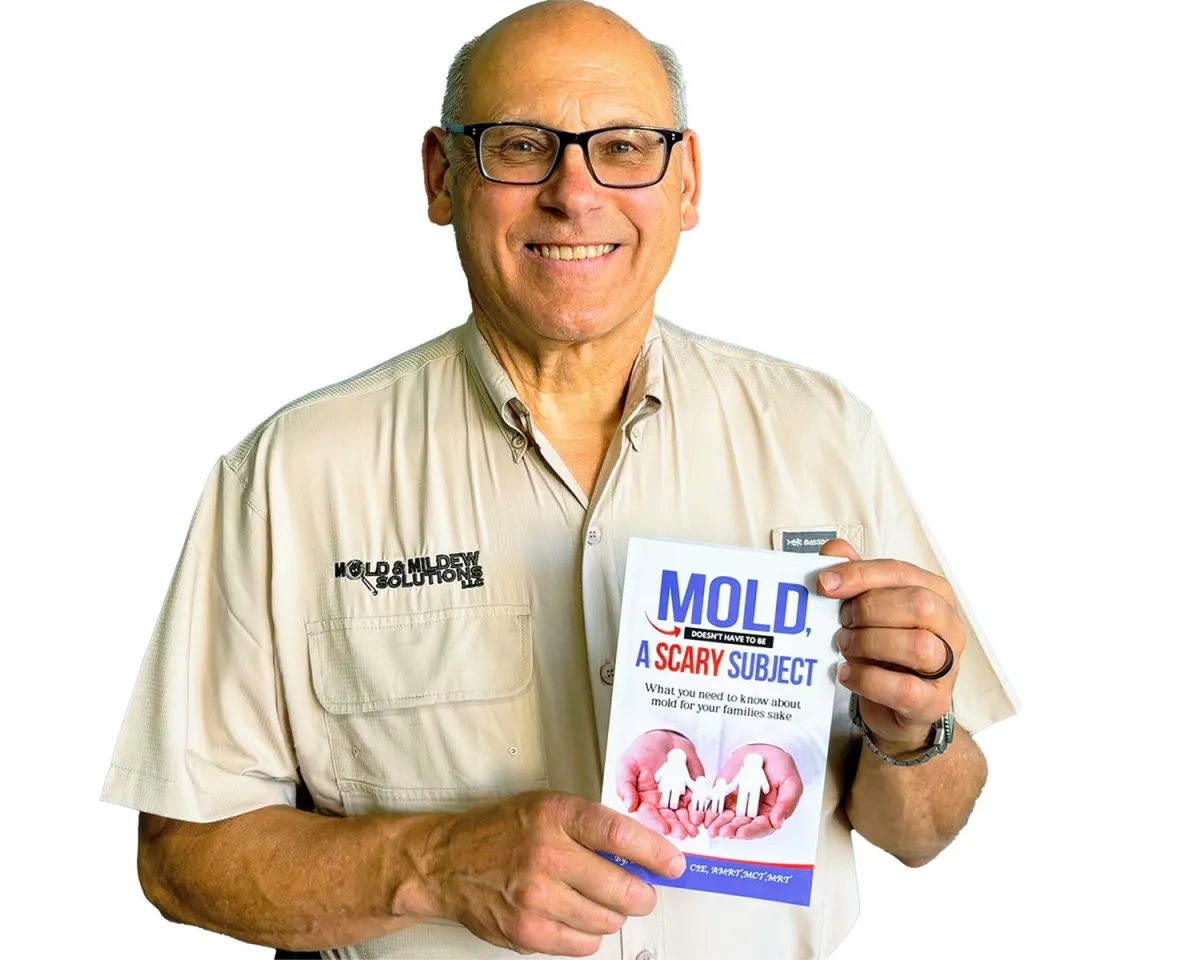Is your home making
your family sick?
You may be living with invisible toxigenic threats.
That may be the root of your health symptoms.
Do you or someone you know have any of these
undiagnosed symptoms?
Brain Fog
Memory Loss
Poor Concentration
Headaches
Migraines
Anxiety or Depression
Mood Swings
Insomnia
Loss of Appetite
Light Sensitivity
Respiratory or Sinus Infection
Colds or Flu-Like Symptoms
Skin Rashes
Hives
Red, Itchy, or Watery Eyes
Fatigue or Chronic Illness
Swollen Lymph Nodes
Inflammation Throughout the Body
Auto Immune Deficiencies
Dizziness or Vertigo
Tingling or Numbness (Neuropathy)
Hormonal Changes
Gut Issues
You may want to have your home TESTED for
MOLD / MICO-TOXINS / SMALL PARTICULATES / RADON or VOC'S
What Impacts YOUR Indoor Air Quality?

< VOCs >
VOC is short for Volatile Organic Compounds' . VOC'S are harmful chemicals emitted by lots of the products and materials we have in our homes. The chemicals can be evaporated into the air. Most VOCs can't be detected by smell.
Fabrics and textiles inside the home—such as curtains, upholstered furniture, carpets, and even bedding—can emit volatile organic compounds (VOCs). These chemicals are often released from dyes, flame retardants, stain repellents, and synthetic fibers used during manufacturing.
Concentrations of these chemicals can be up to 100 times higher indoors than outdoors. Thousands of products, many that we use every day, or are exposed to every day, emit VOCs into the air while they are being used, and, to some degree, even when they are
stored.
= RADON =
Radon is a naturally occurring radioactive gas that forms when uranium in soil, rock, or water breaks down. It’s invisible, odorless, and tasteless—making it undetectable without specialized testing. Radon seeps into homes through cracks in foundations, crawlspaces, sump pumps, or gaps around pipes.
Over time, breathing in radon gas can damage lung tissue and significantly increase the risk of lung cancer. In fact, radon is the second leading cause of lung cancer after smoking. Symptoms may not appear right away, but long-term exposure can lead to persistent cough, chest pain, shortness of breath, and fatigue.
= MOLD & MYCO'TOXINS =
Mold and mycotoxins are serious indoor air pollutants that can significantly impact your health.
Mold grows in damp or humid areas of the home—like bathrooms, basements, crawlspaces, or around leaks—and can release mycotoxins, toxic substances that become airborne. These microscopic particles contaminate the air you breathe and can lead to a range of health issues. including respiratory problems, chronic fatigue, headaches, skin rashes, and even neurological symptoms.
Mycotoxins are especially dangerous because they are invisible to the naked eye and can linger in the air or settle into soft furnishings, continuing to affect indoor air quality long after the source appears “clean.”
= OTHER REASONS TO BE CONCRNED ABOUT YOUR INDOOR AIR QUALITY =
Building scientists and environmental health experts estimate that indoor air can be 2 to 5 times more polluted than outdoor air, and in some cases, it can be up to 100 times more polluted—especially in poorly ventilated or sealed homes. According to the EPA (U.S. Environmental Protection Agency), this is largely due to a combination of chemical off-gassing, biological contaminants (like mold and dust mites), and lack of fresh air exchange. Since most people spend over 90% of their time indoors, this makes indoor air quality a major factor in long-term health and wellness.
Invisible Danger: How Poor Indoor Air Quality Can Impact Your Health on a Cellular Level!
Most people don’t realize the air inside their homes could be quietly harming their health. Indoor air often contains microscopic particles —including mold spores, mycotoxins, VOCs, dust, smoke, and other pollutants—that are small enough to bypass your body’s natural defenses.
When you breathe these particles in, especially ultrafine particulates (PM2.5 and smaller), they can travel deep into your lungs and cross into your bloodstream. From there, they circulate throughout your body, triggering inflammation, oxidative stress, and damage at the cellular level.
These particulates can weaken your immune system, disrupt hormone function, and silently contribute to chronic conditions such as asthma, cardiovascular disease, autoimmune disorders, and even cancer.
The most concerning part? You may not feel sick right now. These pollutants often cause slow, cumulative damage that doesn't show immediate symptoms—but over time, they can be the root cause of unexplained long-term illness.

What You Breathe Could Be Making You Sick.
Don’t Wait to Find Out!
Hello, my name is Lee Ramey, author of Mold & Does not Have to Be A Scary Subject. I nor any of my team are health care professionals. However, I have spent 45 years of my life dedicated to helping people find manageable solutions to help maintain a healthy home lifestyle.
Fill out this form I will get your copy of your book emailed to you right away.

Questions You Didn’t Even Know to Ask.
Download Your Free Copy of "Mold Doesn’t Have to Be a Scary Subject"
"Then let’s talk about your needs and see if my company or professional contacts might be able to assist you or someone THROUGH to their HEALTHY HOME JOURNEY."
Lee Ramey
Office:
908 13th St. N. Birmingham, AL 35203
Call:
205-252-9506
Email:
Site:
www. ALABAMAMOLD.COM
